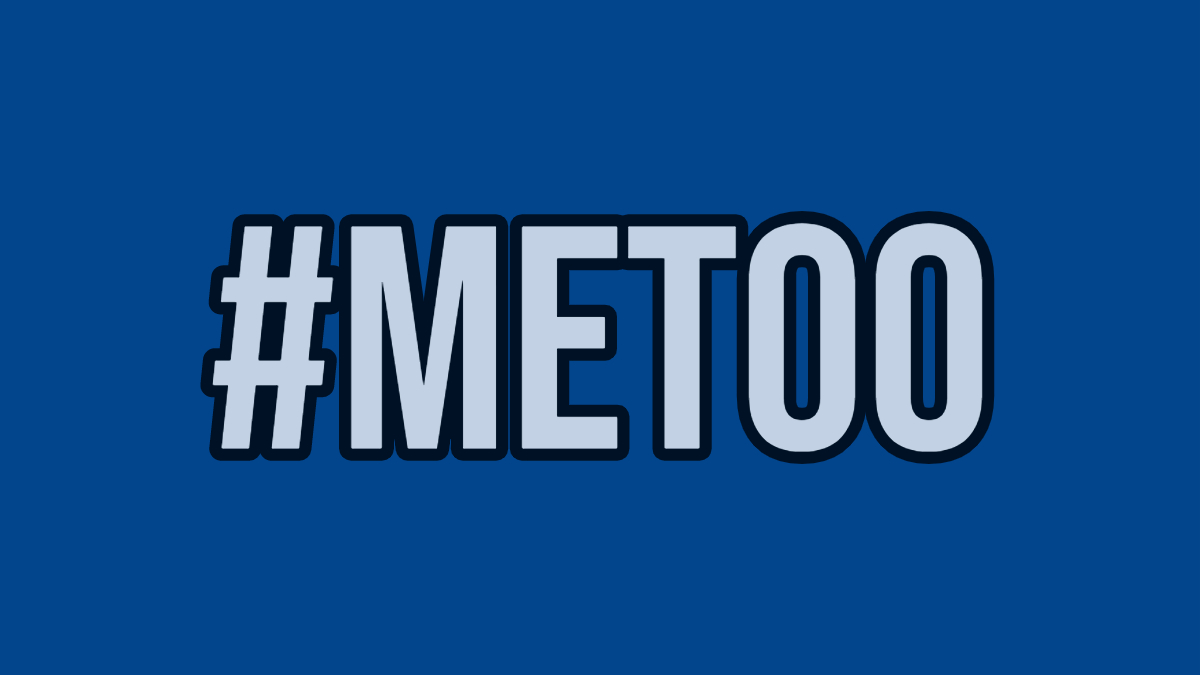What makes social movement campaigns like #MeToo go viral?
March 18, 2021

By Yen-I Lee, Washington State University; Xuerong Lu, University of Georgia; and
Yan Jin, University of Georgia
Narratives, as powerful approaches to storytelling, have exerted strong influences in driving public discourse about social issues. Various stakeholders, either directly experiencing an event or observing how the event evolves, are able to create their own narratives and contribute to how others make sense of the event.
Social media platforms, with their easy access and popularity, have further facilitated the creation and spread of social movement related narratives. The #MeToo social movement was one of the most impactful social issue-driven campaigns in recent years. It created and amplified a strong, collective voice among social media users against sexual harassment.
How it went viral and sustained its influence over time has gained attention from public communication scholars and practitioners in order to understand the phenomenon of social movement narrative virality.
In our Page Center study, we aimed to investigate different narrative types present in tweets during the #MeToo social movement and how organizations can use different narratives to effectively and ethically communicate about the #MeToo movement.
This research had two interconnected phases – Study 1 and Study 2.
Study 1 examined what and how different narratives are created, commented, and shared by Twitter users. It also studied how they differed in reactive and proactive social responses. Study 2 tested the role of narratives on the effectiveness of public communication messages when members of organizations are confronted by #MeToo social movement triggered challenges.
Study 1
We focused on Twitter. We conducted a computer-assisted content analysis of large Twitter data to understand how and why #MeToo social movement went viral on social media. We used the Latent Dirichlet Allocation (LDA) topic modeling, an unsupervised machine learning algorithm, to draw a “hidden structure” of publics' online discussions about #MeToo, including features of narrative types, emotional responses, and the role of celebrities/public figures.
Our Study 1 findings, in the form of an academic paper, have been accepted for presentation at the virtual 2021 International Crisis and Risk Communication (ICRC) Conference and submitted as a book chapter for a forthcoming scholarly volume on narratives.
Below are a few highlights:
- Celebrities made the #MeToo social movement and its focal issue salient among Twitter users by evoking more sharing and commenting on celebrity-driven posts. However, celebrities’ tweets did not make Twitter users personally involved in joining the social movement itself (i.e., creating and sharing their own narratives about the social movement).
- Three types of narratives (i.e., blame, renewal, and victim) were found to go viral hand-in-hand with four emotions: anger, sadness, fear, and encouragement. Specifically, the blame narrative based tweets were likely to motivate more sharing/retweeting behaviors, while renewal narrative based tweets led to increased numbers of sharing and commenting.
- Gender stereotyping was detected in #MeToo social movement discourse on Twitter.
We built upon the key observations of Study 2, especially the superiority of blame, victim, and renewal narratives in motivating publics to spread #MeToo campaign message. We conducted an online experiment to test publics’ responses to public communication efforts from a #MeToo-challenged organization (i.e., a member of the organization was accused of sexual harassment and the organization issued its official response on social media) as a function of narrative types and victim gender.
Study 2
Our Study 2 findings, in the form of an academic paper, have been accepted for presentation at the virtual 2021 International Communication Association (ICA) Conference. They are also prepared for submission to a referred journal. The results will provide evidence-based insights for how to enhance organizational response strategies when organizations are experiencing challenge-type social media crises.
One of the key takeaways from our Study 2 is that renewal crisis narrative is particularly constructive in mitigating social movement triggered organizational crises. Emphasizing renewal and demonstrating organizational commitment to organic changes can help shield a challenged organization from further reputational damage and gain publics’ support as it conducts investigation and plans for further responses accordingly, aligning organizational purpose, values, and actions with publics’ expectations.
In sum, the results of our research, in its entirety, provide theoretical and practical insights for public communication scholars and practitioners to:
- Better understand the power of narratives in social movements.
- Use narratives to communicate with concerned publics and manage complex and challenging crisis situations, triggered by or associated with social movements, effectively and ethically.
For further information on this research, please email Yen-I Lee at yen-i.lee@wsu.edu, Xuerong Lu at xuerong.lu@uga.edu, or Yan Jin at yanjin@uga.edu. This project is supported by the 2019 Page/Johnson Scholar Grant on narratives.

